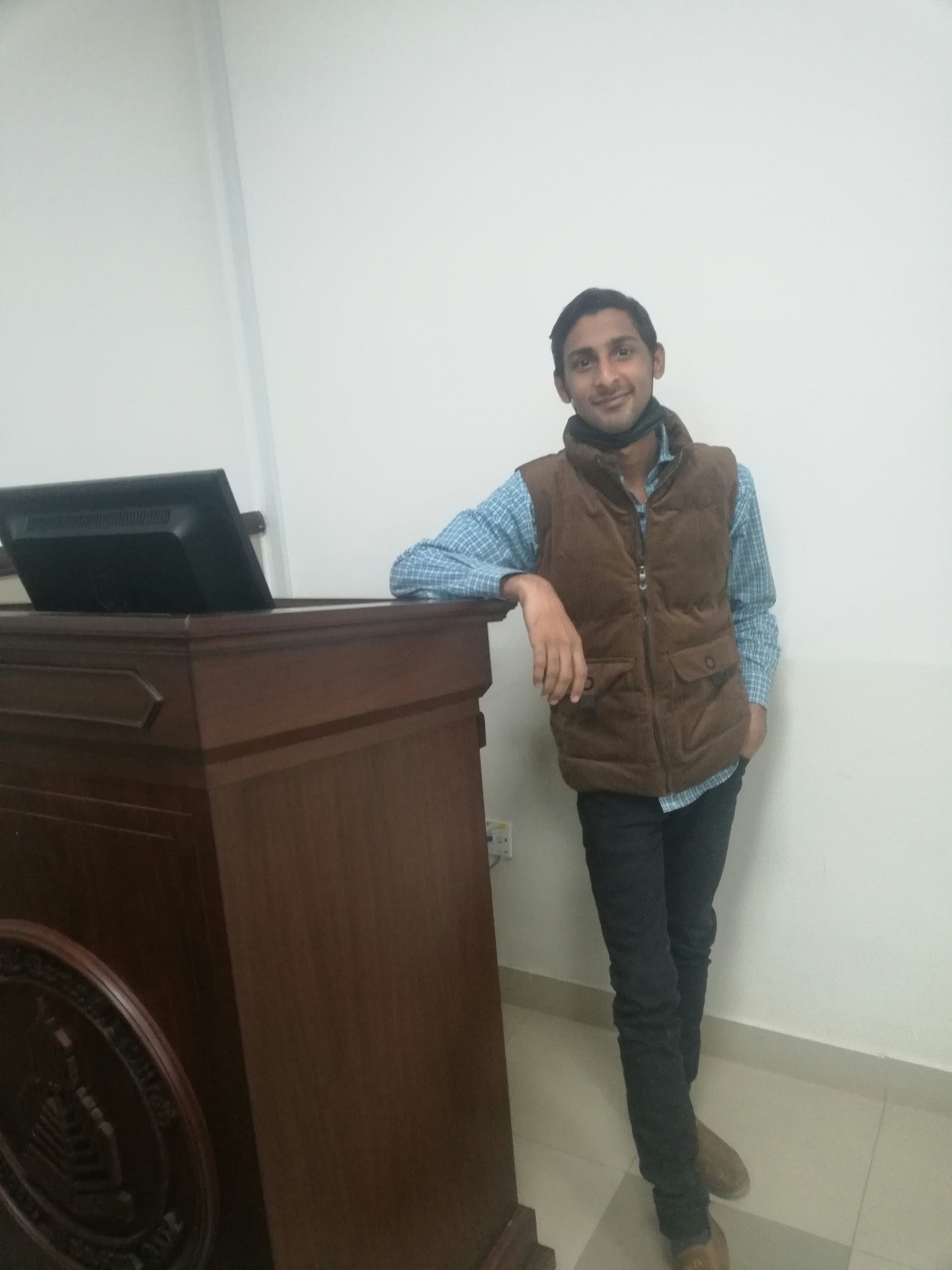Explore a particular Image in the sense of Postmodernism
- Musleh Saadi

- Jul 30, 2024
- 2 min read
This image appears to depict a fragmented, stylized human head, suggesting layers of complexity and multiple perspectives. Examining this through the lens of Postmodernism, several key elements and themes come to the forefront:

Fragmentation and Multiplicity
Fragmentation: The head in the image is split into several layers, each with its own set of eyes and features. This fragmentation is a central theme in Postmodernism, symbolizing the breaking down of singular, cohesive identities and narratives.
Multiplicity: The multiple layers and perspectives within the single head suggest the coexistence of various viewpoints and realities. Postmodernism often challenges the notion of a single, unified truth, embracing instead a plurality of meanings and interpretations.
Hyperreality and Simulacra
Hyperreality: The stylized and somewhat surreal representation of the human head points to the concept of hyperreality, where the line between reality and its representation becomes blurred. In Postmodernism, the distinction between the real and the simulated is often questioned.
Simulacra: The image can be seen as a simulacrum—a representation or imitation of a person that becomes a stand-in for the reality it represents. This reflects Jean Baudrillard's idea that in a Postmodern world, representations often precede and determine what is perceived as real.
Deconstruction and Playfulness
Deconstruction: The image deconstructs the traditional notion of a coherent, unified self. By presenting a fragmented head, it challenges the idea of a stable, singular identity and instead portrays the self as constructed from multiple, often conflicting parts.
Playfulness: The whimsical, almost playful depiction of the head aligns with the Postmodern tendency to mix seriousness with play, irony, and paradox. This playful approach undermines traditional hierarchies and categories, encouraging viewers to question and reinterpret what they see.
Intertextuality and Metafiction
Intertextuality: Although not directly evident in the image, the concept of layers and multiple perspectives can be linked to intertextuality, where a text (or image) references and builds upon other texts (or images). In Postmodern art and literature, this interconnectedness highlights the endless web of references and influences that shape meaning.
Metafiction : The image can be interpreted as metafictional, drawing attention to its own constructed-ness. By presenting a head that is clearly artificial and layered, it invites viewers to consider the process of its creation and how it represents (or fails to represent) reality.
Relativism and Ambiguity
Relativism: The lack of a clear, singular perspective in the image suggests a relativistic approach to meaning and truth. Postmodernism often emphasizes that truth is subjective and contingent, shaped by individual perspectives and contexts.
- **Ambiguity**: The image's ambiguity—its refusal to provide a clear, definitive interpretation—reflects the Postmodern suspicion of absolute meanings and the embrace of uncertainty and complexity.
To Conclude my point, this image serves as a visual representation of Postmodern ideas, embodying themes of fragmentation, multiplicity, hyperreality, deconstruction, playfulness, intertextuality, metafiction, relativism, and ambiguity. It challenges viewers to reconsider their assumptions about identity, reality, and meaning in a complex and multifaceted world.



Comments